WH 138 B20K Potentiometer
R35.00
2K Ohm Solder Lug Alpha Pot w/Dust Seal (16mm). These pots are linear, have solder lugs and feature knurled & split shafts.
18 in stock
B20K Potentiometer
The B20K Potentiometer henceforth referred to as a pot, is a variable resistor.
It is an electrical component with three terminals (i.e. pins or legs): o
Mechanically speaking, pots are physically adjusted usually using your fingers.
Both rotational and linear pots are common.
f you want to control the speed of your electric motor, the position of your servo, LED brightness, filter cutoff on your synthesizer, gain on your guitar amp or thousands of other cool things in your own embedded system, a pot might just be the solution for you.
The potentiometer is a handy little component that you really should know how to use.
It’s used in circuits a lot, such as to control the volume of music equipment, control the brightness of a light, and much more.
If you’re not familiar with it, it can seem complicated to use in a circuit. But once you see how it’s built, you’ll quickly understand how it’s done.
What Is A Potentiometer?
It is like the resistor.
But while the resistance value of a resistor stays the same, you can change the resistance value of a potentiometer by turning it’s shaft.
It has three pins and the schematic symbol looks like this:

Between the two side pins of the potentiometer there is a strip of resistive material.
For example as carbon. This material creates resistance.
We call the middle pin the wiper. It is connected somewhere on the strip between the two ends.
You can move the point where the wiper connects to the carbon strip by turning the shaft of the potentiometer.
When you move the wiper to the left side, the resistance between the middle pin and the left pin decreases. And the resistance between the middle pin and the right pin increases.
Move the wiper to the right, and the opposite happens.
Only logged in customers who have purchased this product may leave a review.
Related products
DIY Kits




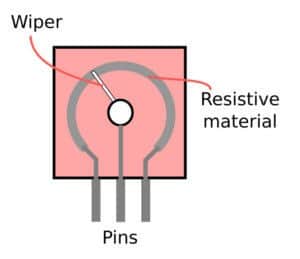
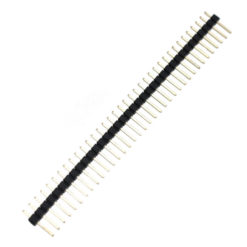
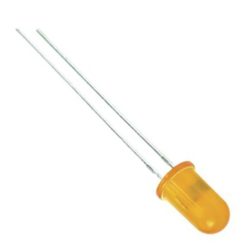
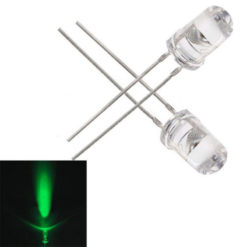
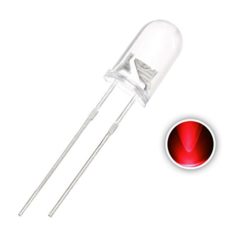
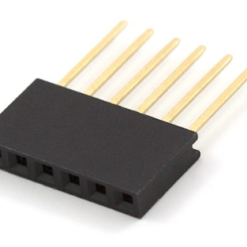
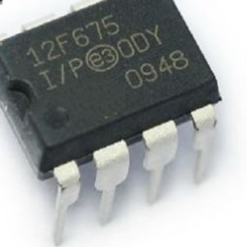
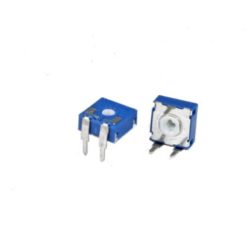
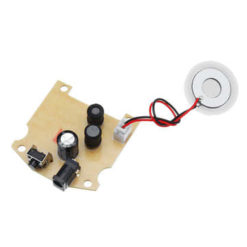
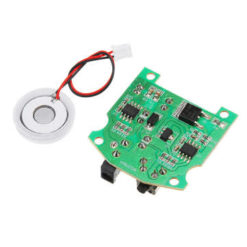
Reviews
There are no reviews yet.